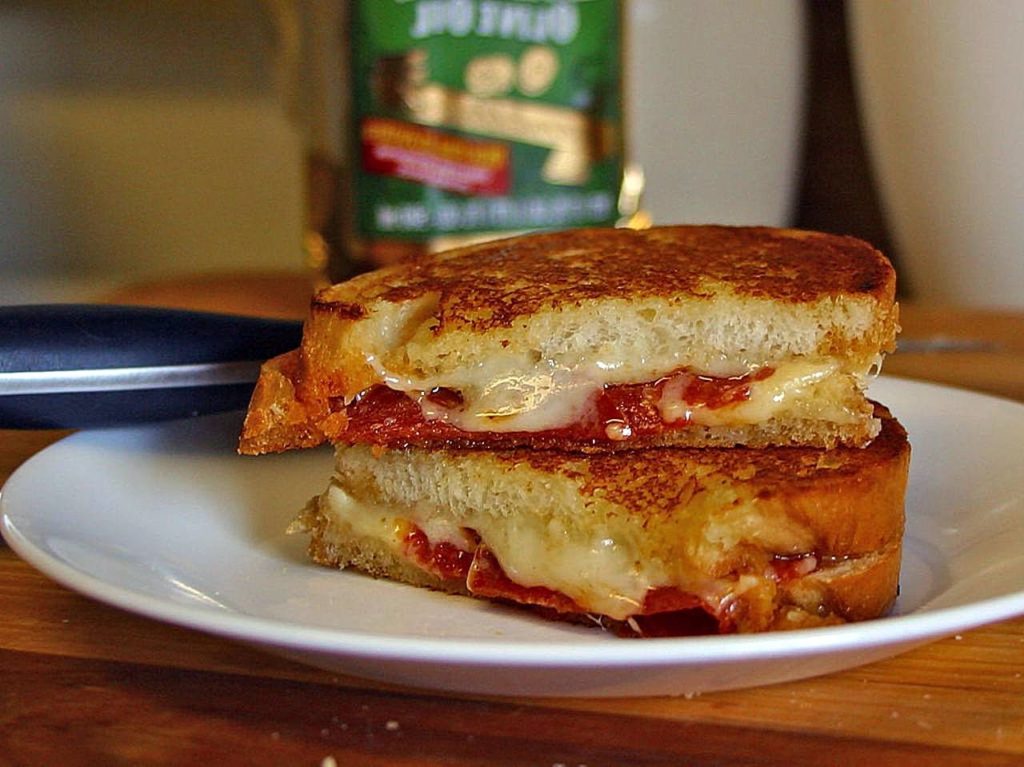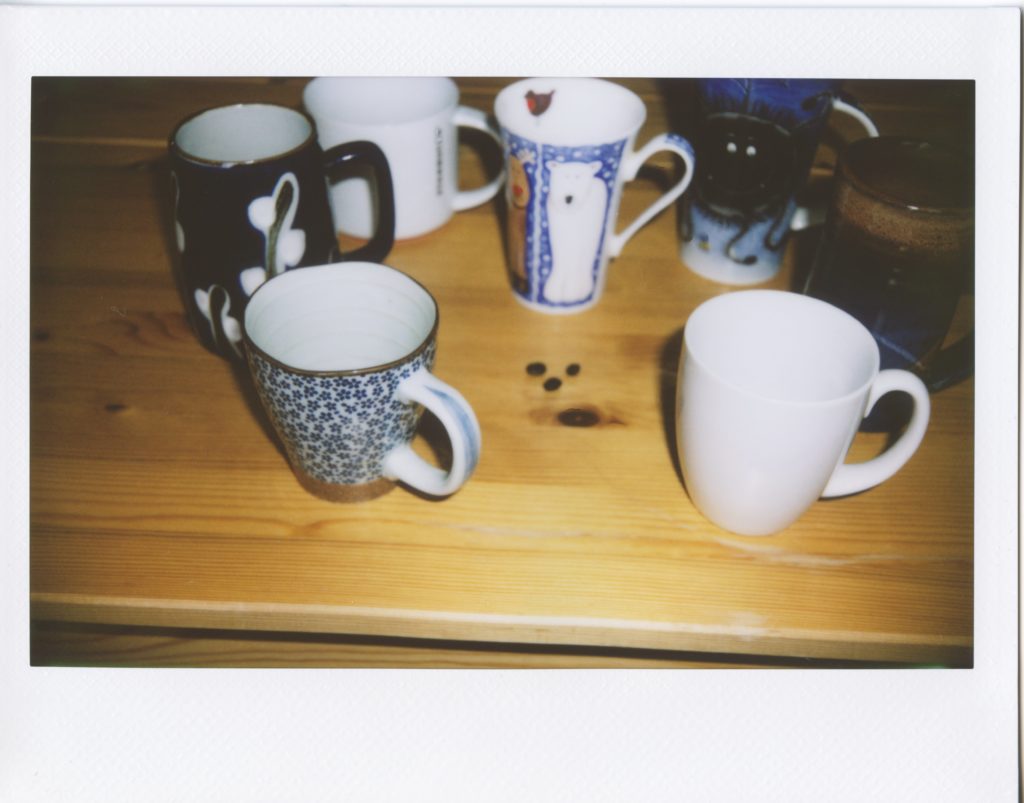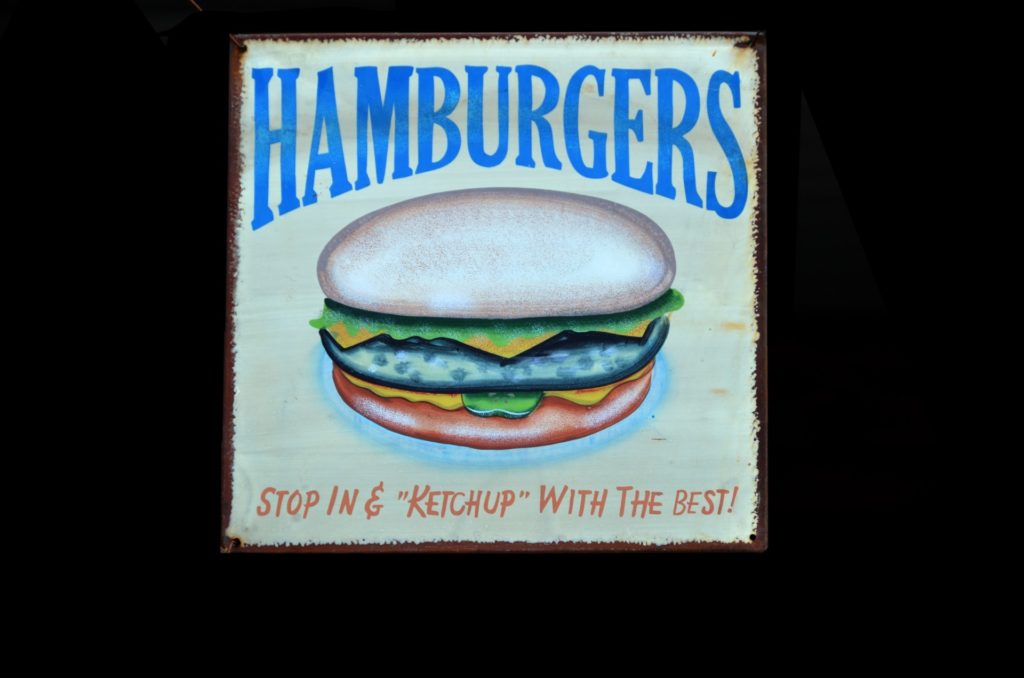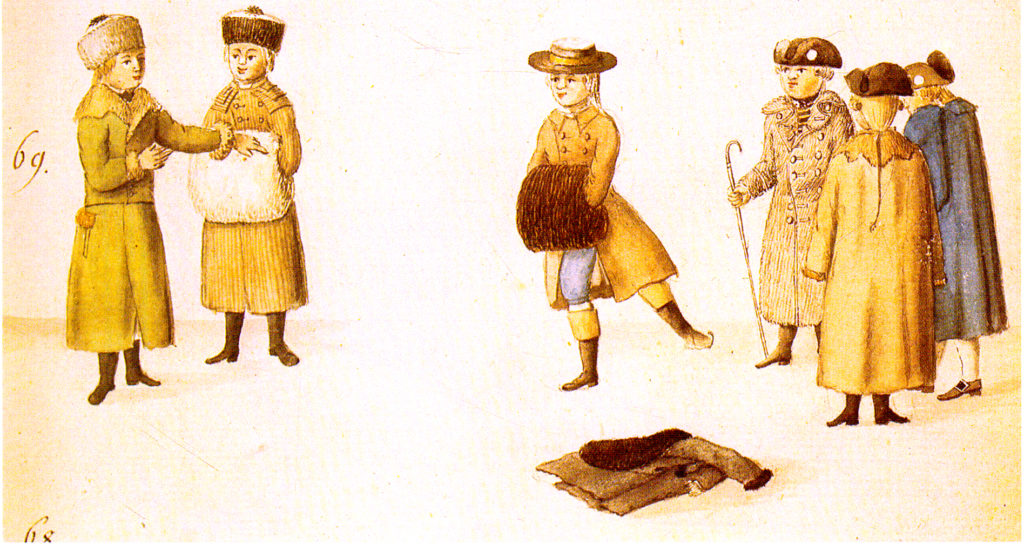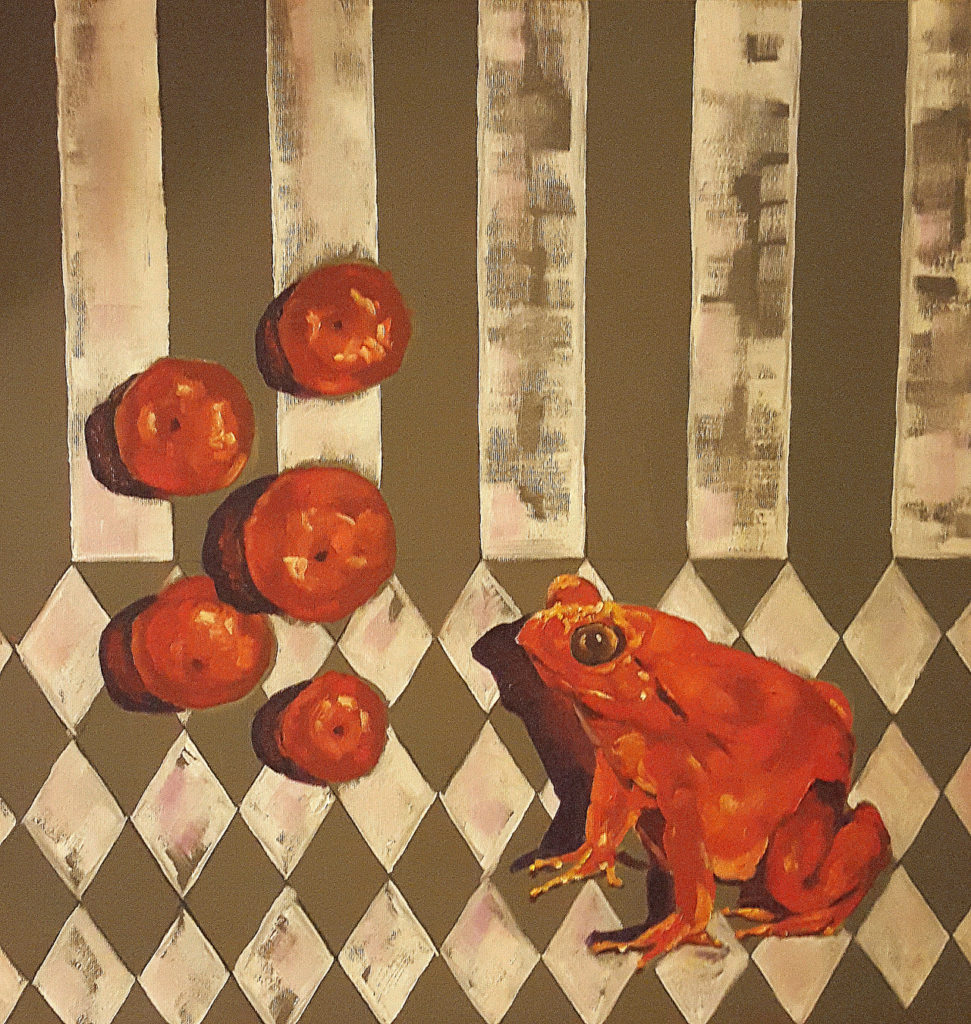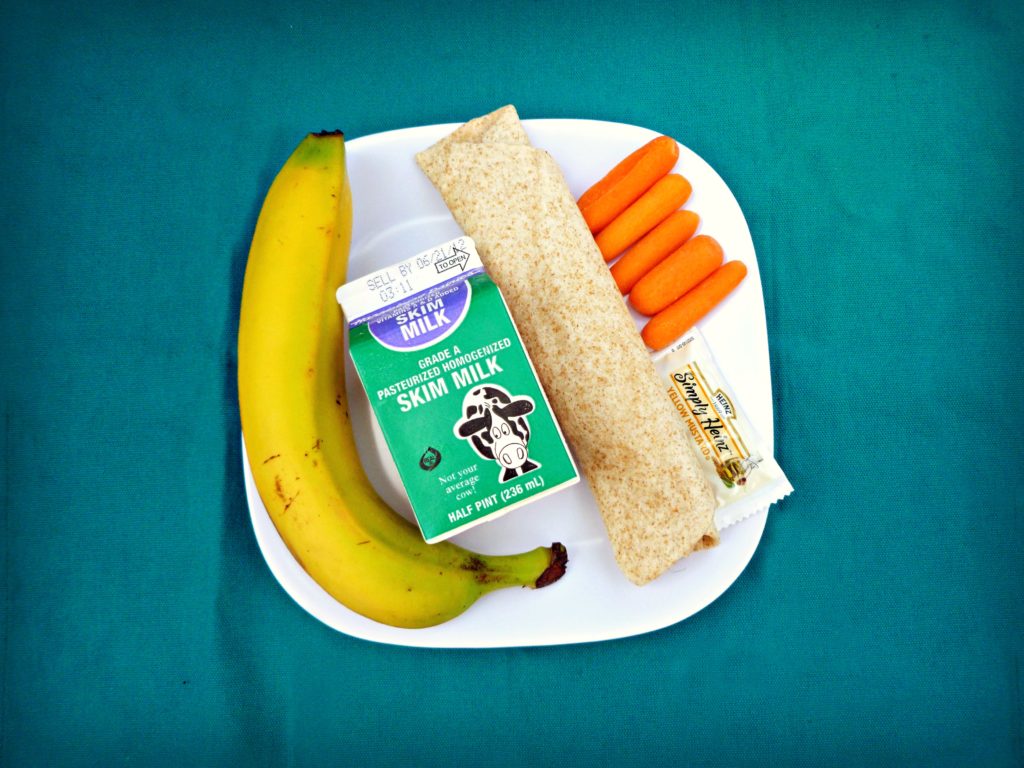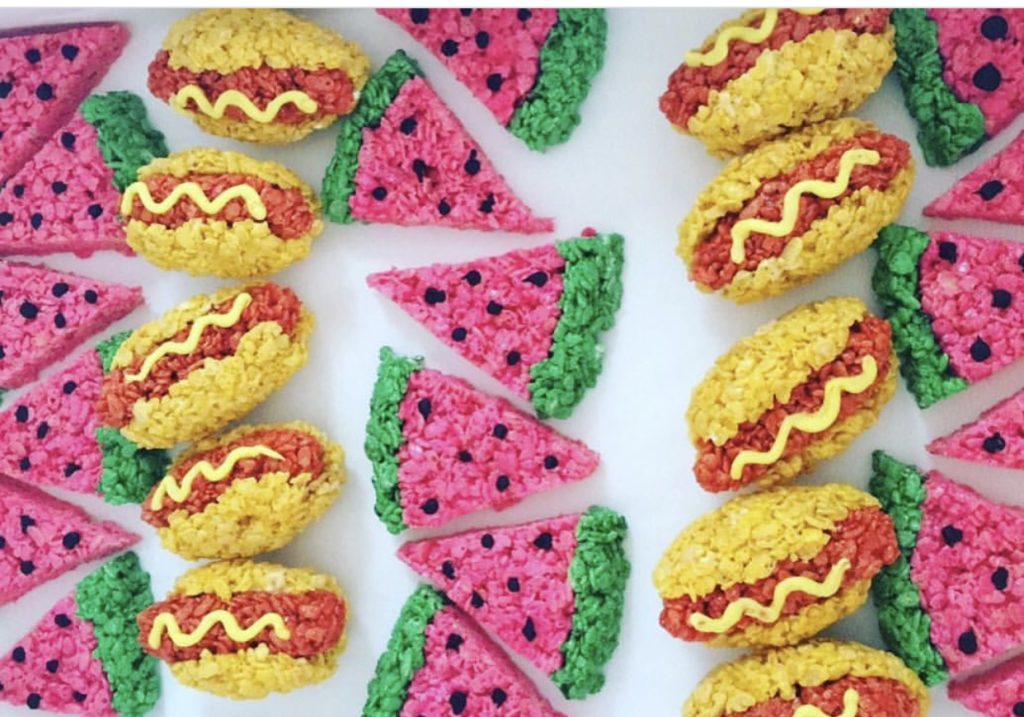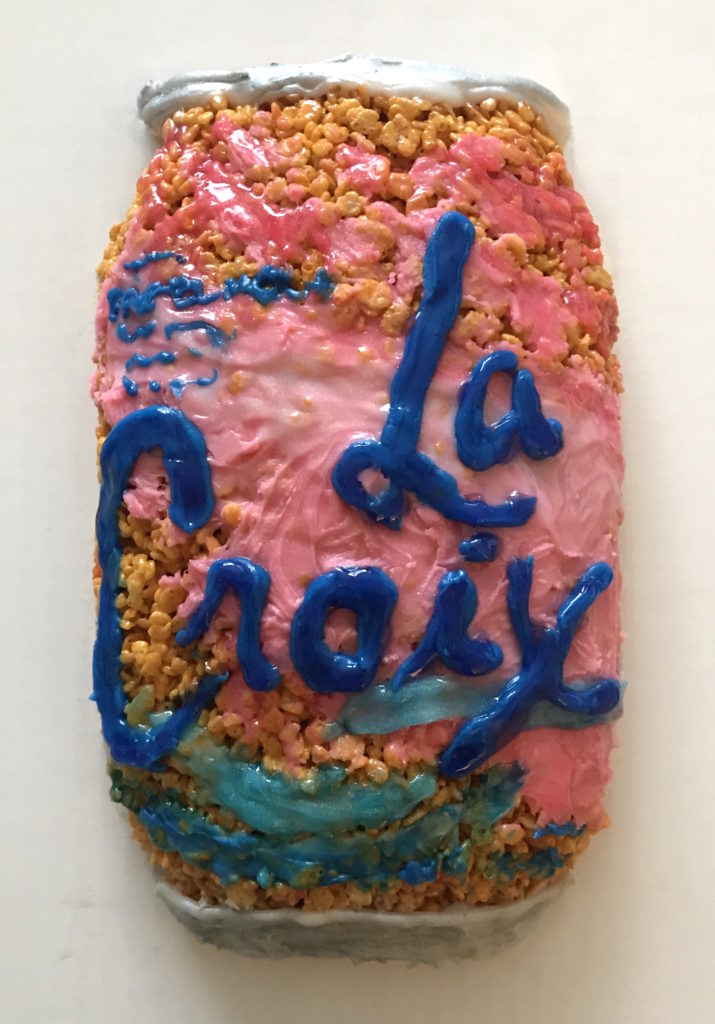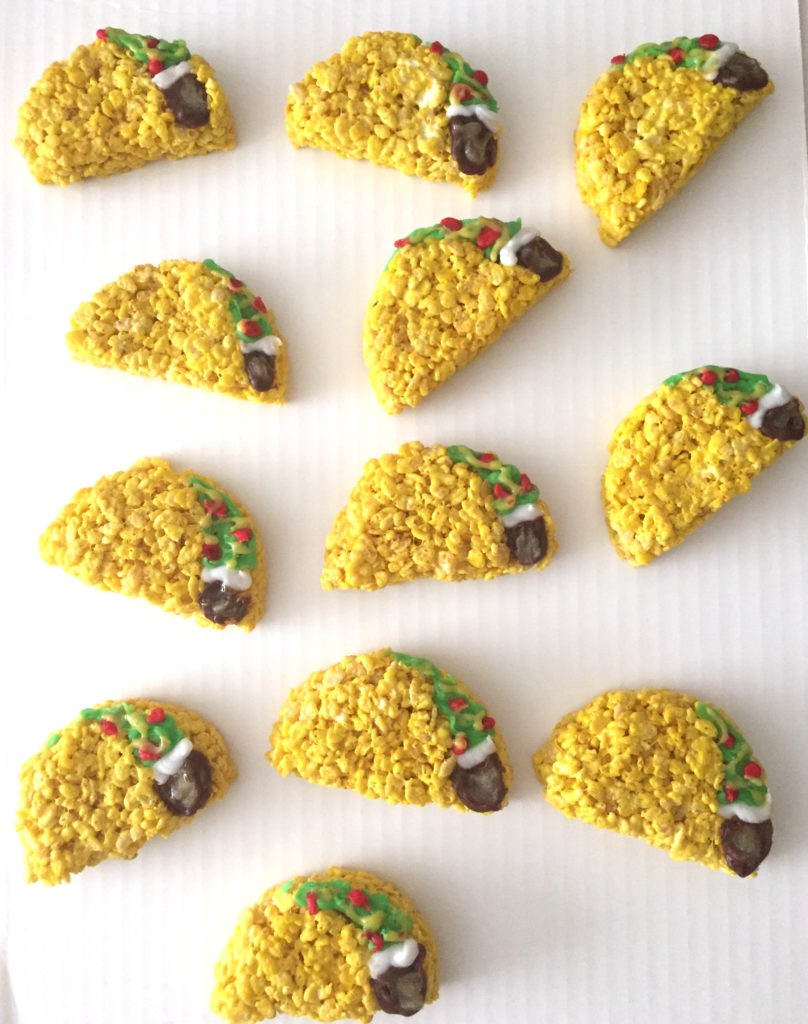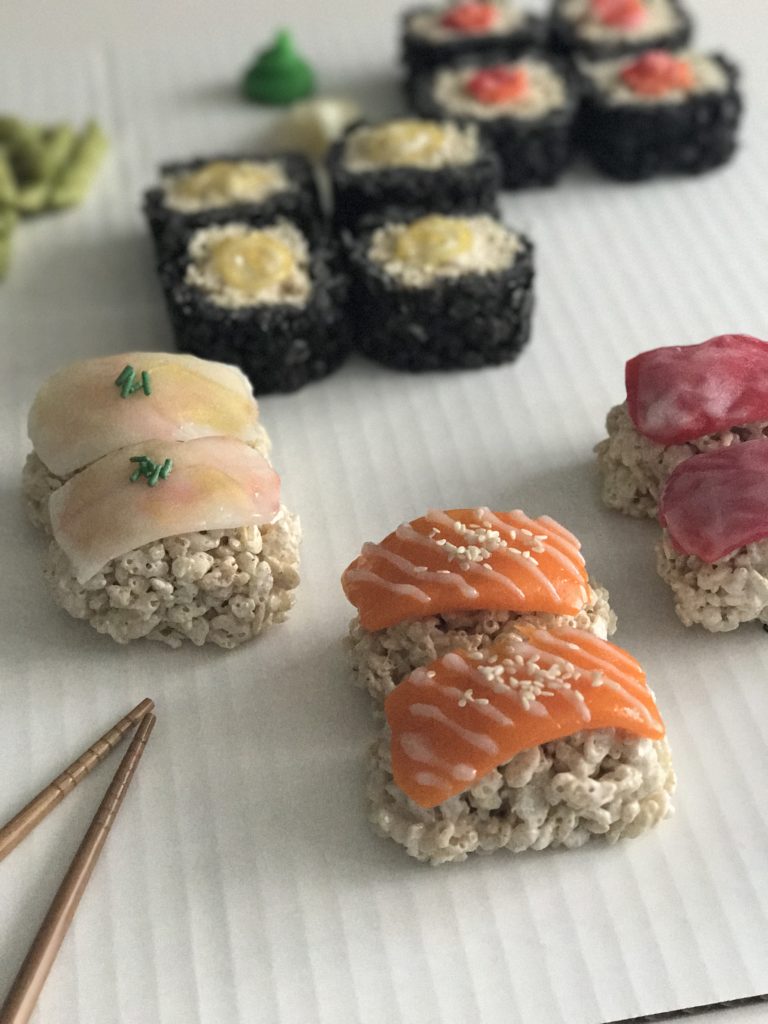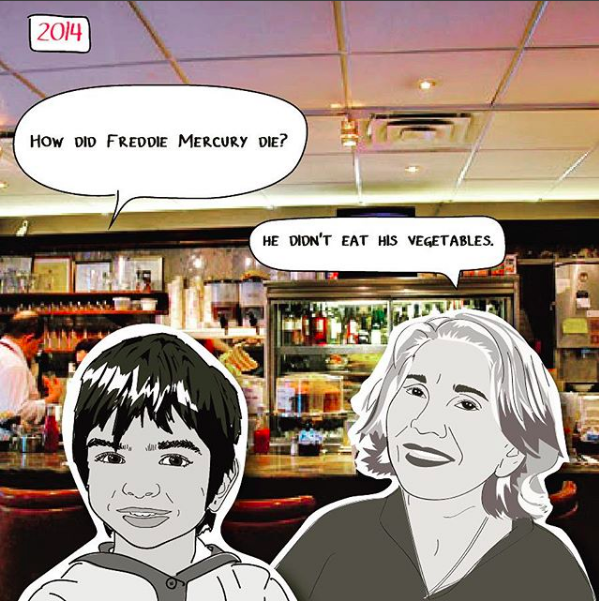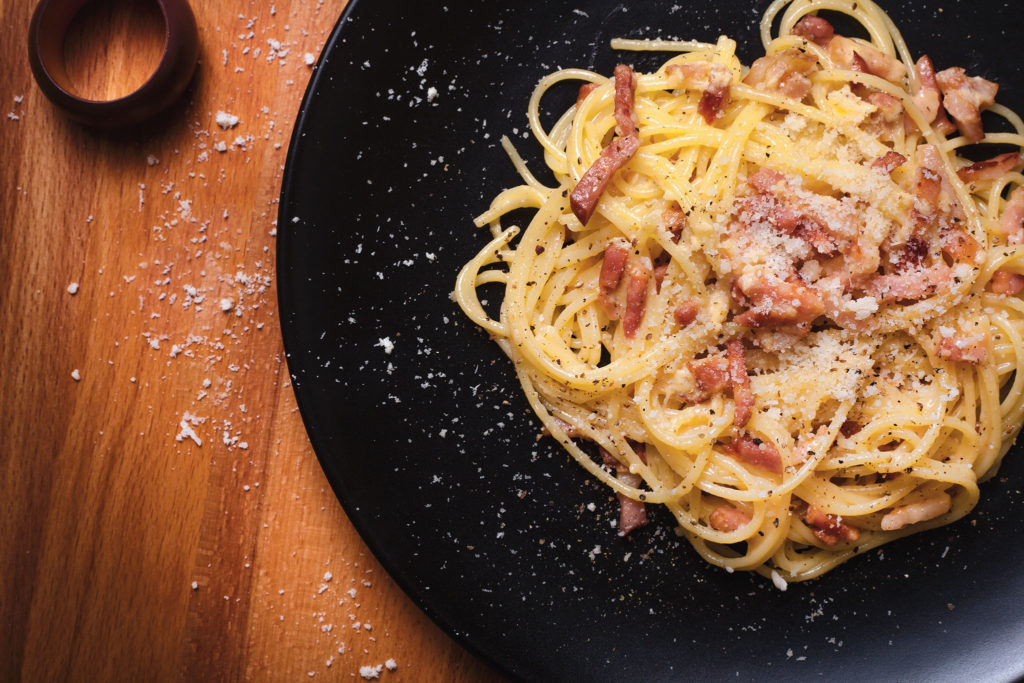This piece was originally published in The Inquisitive Eater Anthology, which you can now purchase online. This essay appears in Kitchen Yarns: Notes on Life, Love, and Food by Ann Hood (W.W. Norton, December 2018).
In the Italian-American household where I grew up, red sauce ruled. Every Monday, my grandmother Mama Rose made gallons of it in a giant tarnished pot. She started that sauce by cooking sausage in oil, then frying onions in that same oil and adding various forms of canned tomatoes: crushed, pureed, paste. Without measuring, she’d toss in secret ingredients. Red wine. Sugar. Salt and pepper. Parsley from her garden. Always stirring and tasting and shaking her head, dissatisfied, until finally she got it just right. At which point the sauce simmered until, as Mama Rose used to say, it wasn’t bitter.
On Mondays, my after school snack was always that freshly made sauce on slabs of bread, a taste sensation that I have never been able to duplicate. For the rest of the week, red sauce topped chicken, veal, pasta, meatballs, and even fried eggs for something called Eggs in Purgatory, which we ate on Friday nights when we Catholics could not eat meat. We ate our pasta and all of our parmigianas, from chicken to eggplant, drenched in sauce. There was always a gravy dish of extra sauce on the table, and we all used it liberally.
Such were my southern Italian roots. And until I was out of college and working as an international flight attendant for TWA, to me Italian food was always red. I had no idea that Italy was really a country of regions, with each region proud of and exclusive to its own cooking. Of course I had general knowledge of Italian history, and I could place Florence and Rome and Venice correctly on its boot shape. But the particulars of each region and its cuisine were a mystery to me.
In those days, I was ignorant about a lot of things. I’d led a fairly protected life in my small hometown in Rhode Island, surrounded by other southern Italian immigrants. We went to what was called the Italian church. Little old ladies dressed in black walked the streets of my neighborhood clutching rosary beads. The music there was the sound of our harsh Neapolitan accents, the perfume the smells of the grapes and tomatoes that grew in our backyards, just like in the old country. Wine was red and made in basements, served cold. It was so bad that I never even considered ordering wine at a restaurant until I was well into my twenties.
To me Italian food was always red.
Suddenly, at the age of twenty-one, with a degree in English from the state university, I found myself in a Ralph Lauren uniform flying all over the world feeding passengers on 747s. I learned how to get around Paris on the Metro. I tasted razor clams in Lisbon and moules frites in Brussels. I got used to buying Chanel Number 5 and Dom Perignon in duty free shops in international airports. Still, whenever I went home for a visit, I wanted spaghetti and meatballs in red sauce for dinner. Mama Rose had died by then, and now it was my mother stirring that pot of sauce until she got the perfect combination of flavors, simmering it all day, and letting me dip bread into it when it was finally ready.
The first time I had a layover in Rome, I imagined that the food there, the spaghetti, would somehow be even more heavenly than what I had grown up eating. What I didn’t imagine, was that it wouldn’t be red.
Struggling with the unfamiliar items on the menu, for some reason I ordered spaghetti carbonara. I suppose I thought that spaghetti would be safe, familiar. Because for all my newly found confidence and sophistication, truth be told I was often struck by homesickness during those early days of flying. Jet lag kept me up all night in unfamiliar hotel rooms. My junior status kept me on reserve, so that I never knew when I would be working or where I’d be going, which led to me working with different crews every time. Many layovers found me alone, wandering the streets of a foreign city trying to muster the courage to go into a restaurant or café or museum alone. Eventually, I grew used to this upside down life spent mostly by myself, but for the first year or so, thrust into the big wide world after such a sheltered life, was often difficult.
Perhaps on that afternoon in Rome, I believed spaghetti would span the miles between me and my family, connect us in some way.
Instead, what the officious waiter in the bow tie put in front of me, was yellow. And speckled with brown.
“Uh,” I managed, “I ordered the spaghetti carbonara?”
What followed was a rush of dramatic Italian, much pointing to the menu and the spaghetti, and then the waiter’s departure, in a huff and without my plate of spaghetti.
I was hungry.
I was alone in Rome, the rest of the crew asleep or off shopping for cheap designer handbags.
What could I do, but eat?
I took my first tentative bite, and what I tasted was maybe the most delicious thing I had ever had before. Salty with cheese and bacon, creamy with eggs, the spaghetti perfectly al dente, this was like nothing I had ever experienced before. I tried to thank the waiter, to explain my folly in trying to send it back, but he ignored me. I didn’t really care. I had discovered something new, something delicious. I left that restaurant intoxicated by spaghetti carbonara.
In those days, I was not much of a cook (though I’m proud to say that I am quite a good one now). But I knew I needed to learn to make carbonara. For the first time in my life, I scoured cookbooks and tried different versions of the dish. Back then, Italian cookbooks were few, and for some reason I could only find terrible recipes for carbonara. Recipes that used cream, or added mushrooms or onions. None of them were even close to my blissful dish.
Then, one day in a bookstore in Boston I found an old cookbook filled with the recipes of Rome. I read the one for spaghetti carbonara; it was devoid of anything except bacon, eggs and cheese. I bought the book, and the ingredients, and made it that very night.
I had discovered something new, something delicious. I left that restaurant intoxicated by spaghetti carbonara.
Now, we all know that when we have a perfect meal in a perfect faraway city, we can never really duplicate the taste. But that night, I came close. And I used that recipe for every dinner party I had over the next couple of decades. Or, I should say, some version of it, because over time I lost that cookbook, which didn’t really matter because by then I’d tweaked the recipe enough, increasing the bacon, decreasing the cheese, changing proportions each time, to make it my own.
Spaghetti carbonara has become my comfort food, the food I make when I’m lonely like I was that long ago Rome afternoon; the food I make when I want to welcome others into my home. I still love my red sauce roots, and I still dip my bread in that simmering pot on my mother’s stove. But to me, spaghetti carbonara is the food, not of my youth, but of my first steps into the big wide world of adulthood.
Spaghetti Carbonara
1 pound of spaghetti
A little extra virgin olive oil
1 pound of either slab bacon or pancetta, diced
3 eggs, beaten
2 egg yolks, set aside
Lots of good freshly grated parmesan cheese
Black pepper
Start the water boiling to cook the spaghetti. Make sure to throw in a good amount of salt to the water.
While that’s going on, coat the bottom of a skillet with extra virgin olive oil and heat it enough so that when you throw in the bacon (or pancetta) it immediately starts to sizzle.
Cook the bacon until it’s good and crispy, then turn off the heat and leave it in the pan. DO NOT DRAIN!
When the spaghetti is al dente, drain it and throw it in the skillet with the cooked bacon, reserving about a quarter cup of the water it was cooked in.
Add the beaten eggs to the skillet and start to toss it all together. The heat of the spaghetti will melt the eggs and everything should start to get nice and creamy. Add that ¼ cup of cooking water as you toss. This helps with the creaminess factor.
Put the spaghetti, now combined with the eggs and bacon, into a pretty serving bowl and begin to toss with the cheese. I add it in quarter to half cup amounts, tossing each time. Your goal here is to nicely coat all the spaghetti with cheese.
Drop those two egg yolks you reserved onto the top and toss them in too, which usually leads to adding another quarter cup of cheese.
Grind coarse black pepper on top, and don’t be stingy with it.
A nice touch that Mario Batali does at his restaurant Otto in New York City is to garnish with a little bit of scallions. This is optional but pretty.
Ann Hood is the author of the bestselling novels The Knitting Circle, The Obituary Writer, and The Book That Matters Most, as well as the memoirs Morningstar: Growing Up with Books and Comfort: A Journey Through Grief, which was a NYT Editors Choice and named one of the top ten non-fiction books of 2008. The winner of two Best American Food Writing Awards, a Best American Travel Writing Award, a Best American Spiritual Writing Award, and two Pushcart Prizes, Hood’s YA novel She Loves You Yeah Yeah Yeah was published in June 2018 and Kitchen Yarns, her memoir with recipes, will be published in December 2018.
Featured image via Wikimedia Commons.

